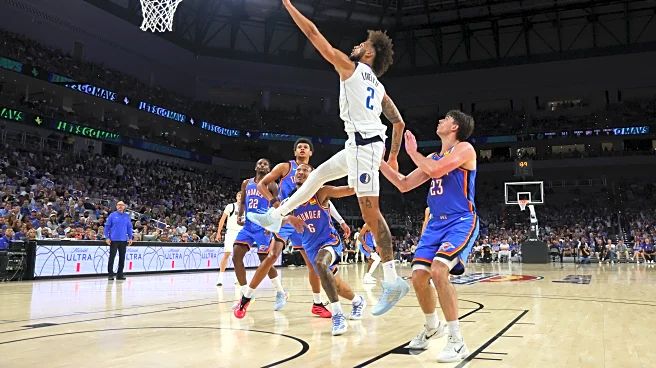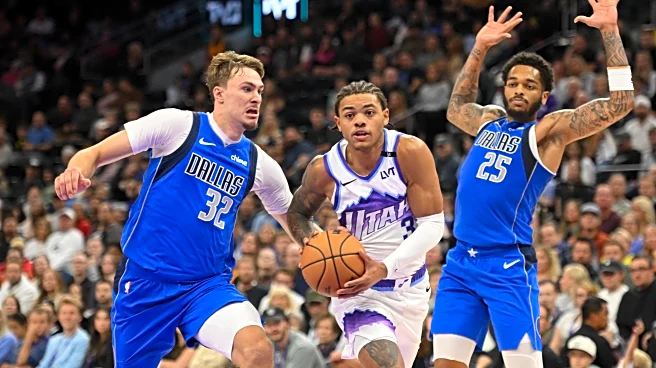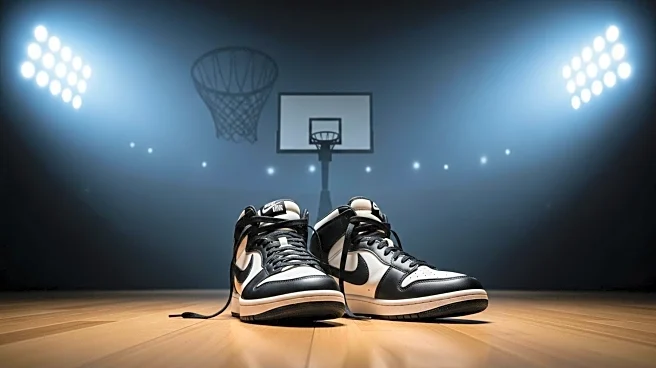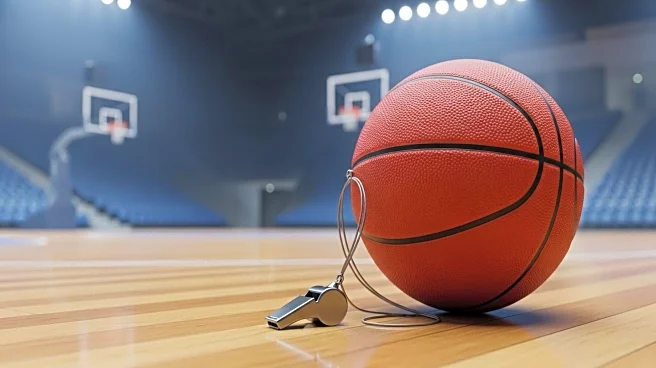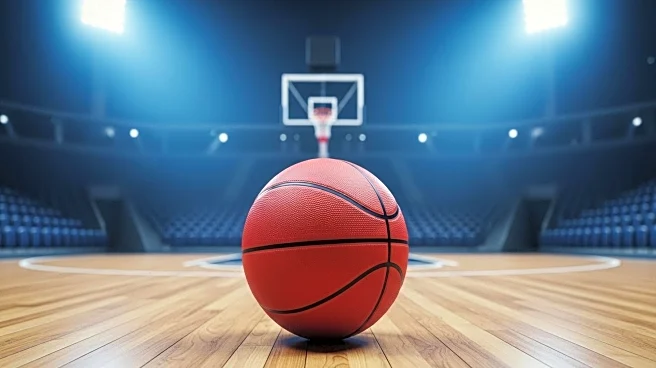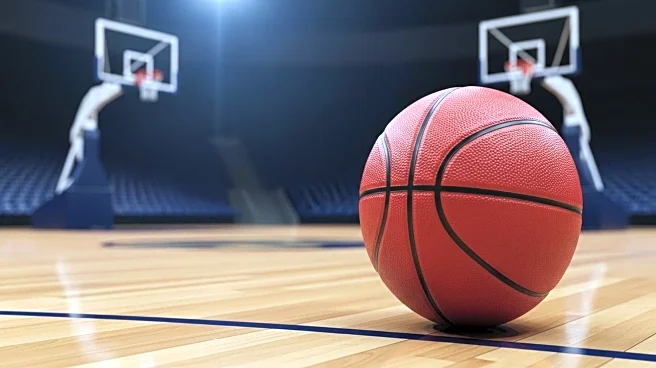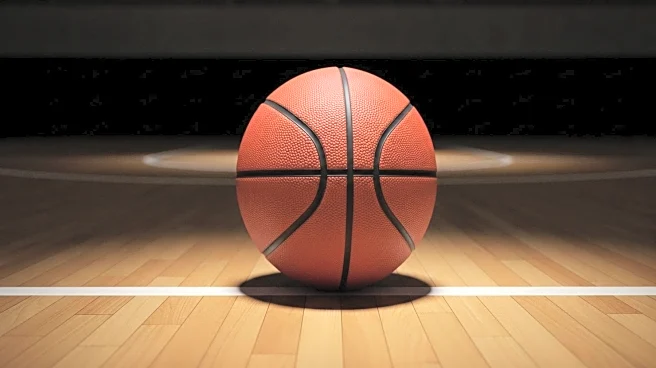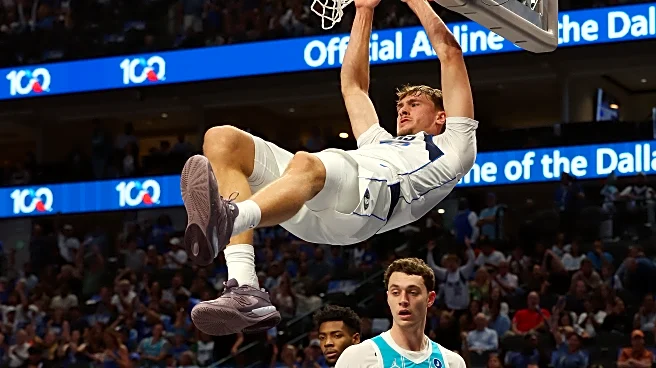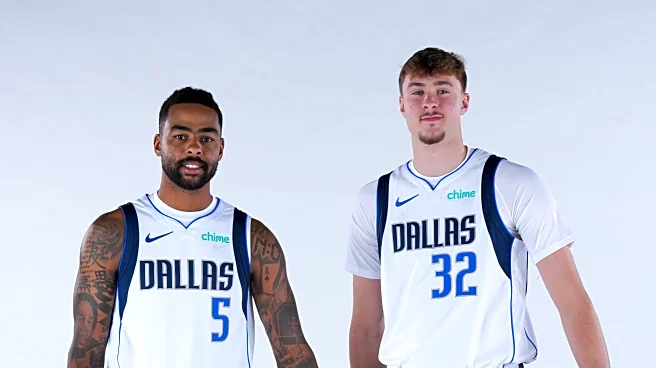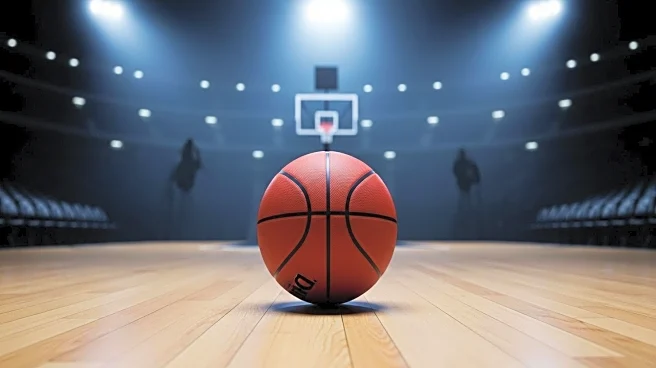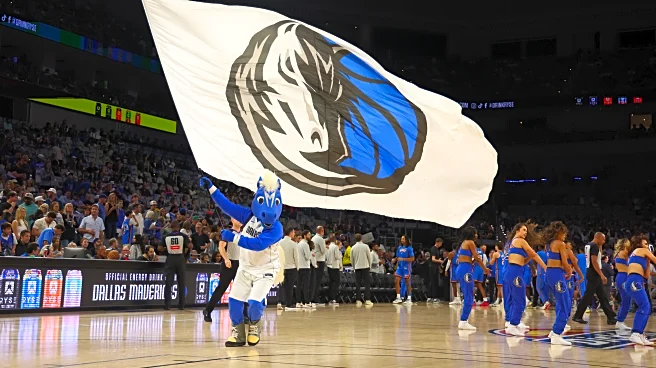It’s all about health for Dereck Lively II heading into his third NBA season.
Lively’s health was the reason he stagnated in Year Two instead of taking the big leap forward many predicted before the 2024-25
campaign. First it was the mysterious “illness” that forced him to miss games starting in late November 2024. A week later, in early December, there was a knee issue. Later that month, it was a hip. Then, the ankle injury in January and a procedure to remove bone spurs from his right foot in the offseason.
Is that big leap coming this season? Only if Lively can stay on the court for more than 36 games.
For all the promise he shows when healthy, entering Year Three, Lively is very much what his stat line shows him to be. So far, through 91 career NBA games, he’s an eight-and-eight guy who puts flashes of brilliance in finishing and rim protecting on film from time to time.
The Dallas Mavericks need more than that out of Lively this season if they are going to defy the skeptics and contend in a Western Conference that is absolutely loaded at the top and through the middle of the ranks.
Big question
He is, by all accounts, this team’s starting center. The big question for Lively becomes a simple proposition. Can he stay healthy enough to help this team take a step forward from the middling muddle of play-in also-ran teams and into a position of prominence in the West?
It’s easy to see 12 points, 10 rebounds and a couple of blocks of game in this kid’s future. After all, the upcoming season will be just his Age 21 year. He doesn’t turn 22 until February. As he continues to develop, it’s easy to project him into a 15-and-11 type of guy — one a winning franchise can depend on for production on both ends of the floor and one the suddenly defensive-minded Mavericks can use as a Gandalf-level stopper in the lane. You shall not pass, you pesky drive-and-dish merchants.
But if injuries once again stymie Lively’s development for a third year and render those projections meaningless, he risks being pinned with the label of just another promising athletic youngster who can’t put it all together on a night-in, night-out basis.
Sure, there’s an insurance policy in place in Dallas. His name is Daniel Gafford, and you know what you’re getting in Gafford. He’s better than okay, but he’s not great. He is one version of Lively’s future if Lively doesn’t take the next step in his development. If history repeats itself, the Mavs’ frontcourt becomes a unit spinning its wheels to help keep the team’s head above water, instead of the fully operational Death Star hopeful fans know it has the potential to become.
Best-case scenario
Lively could make up for his lost second season right off the bat, cement Dallas’ hierarchy in the post and leave no question as to the trajectory of his career. The best-case scenario is Lively playing 30 minutes or more per game instead of the 24-24 split we saw with Gafford in each of Lively’s first two seasons in the league. This best-case scenario is one that forces Mavs head coach Jason Kidd’s hand into a more one-sided minutes split at the five and puts Lively in the conversation for the NBA’s Most Improved Player award for 2025-26.
Lively needs to develop his first effective post move to make this happen. Two of them would be even better. A simple drop step. A baby hook. A growing boy cannot subsist on put-backs and lob finishes alone.
Will Lively’s corner 3-pointer ever develop into a weapon? A this point, with further development still necessary around the basket, wishing for that feels greedy. But dreamers dream, and Lively will miss 100% of the shots he doesn’t take in Year Three.
“Not forcing it. Just allowing it to come to me,” Lively said during his Mavericks Media Day interviews on Sept. 29 when asked about his developing jumper. “Trail [3-pointer], corner [3-pointer], just finding the right times in the game and not trying to force it. Trying to be sure that I’m doing what’s right for the team.”
Lively’s statistical best case this year is 14 points, 10 rebounds and two blocks, sustained over 70 games this season. On the court in the moment, that means Lively becoming a game-wrecker who turns shootouts into rock fights.
It could happen.
Worst-case scenario
Or, Lively could play 25 games this year after three more nagging injuries hound him throughout the year. The small fracture he suffered in January is fully healed, and he was a full participant both in the team’s training camp activities in Vancouver, BC and in Dallas’ first preseason game, a 106-89 win over the Oklahoma City Thunder on Monday. He appears to be 100% healthy as the regular season draws near.
“I feel great. I feel strong,” Lively said in his Media Day interview. “I’ve been patient — been spending a lot of time in the gym strengthening my body, strengthening my mind, doing what I need to do to get prepared for the season I know I missed some games last year, and I want to play as many games this year as I possibly can and be as consistent as I possibly can.”
He is still a guy who needs reps. Consistently being in the lineup will breed the kind of success the team and its fans want for Lively.
Without that, what you’ll get is eight and eight in 23 minutes.
Season goals
For Lively to play 70-plus games this year has to be at the top of the list of his goals entering 2025-26. He alluded to “learning from last year” and “playing as many games as possible” in his Media Day interview. Adding post moves and getting a look at his trailing jumper will come if his health lasts this season.
Reps become important as the Mavs install their new Flow offense this year, too. Finding his fit as ball reversals and passing take on an increased importance will be key to Lively taking the next step in his individual development. That increased focus on ball movement seems to fit Lively’s game, as he’s already a severely underrated passing big man.
Overall
Lively has the potential to break out this year. That potential needs to become reality if the Mavs have any hope of competing near the top of the West.
